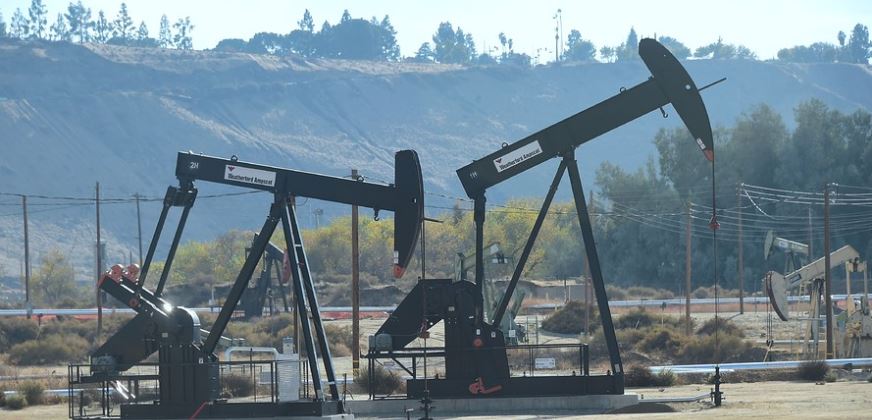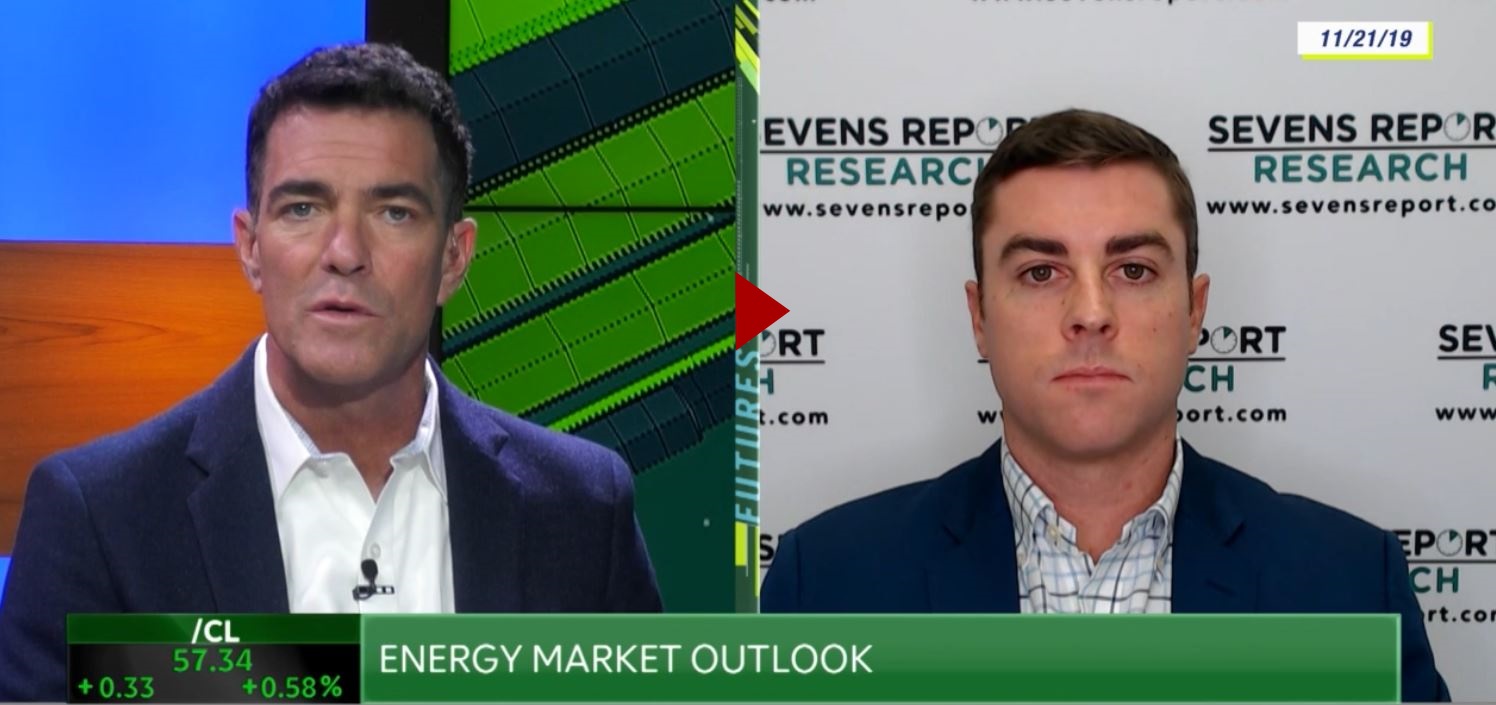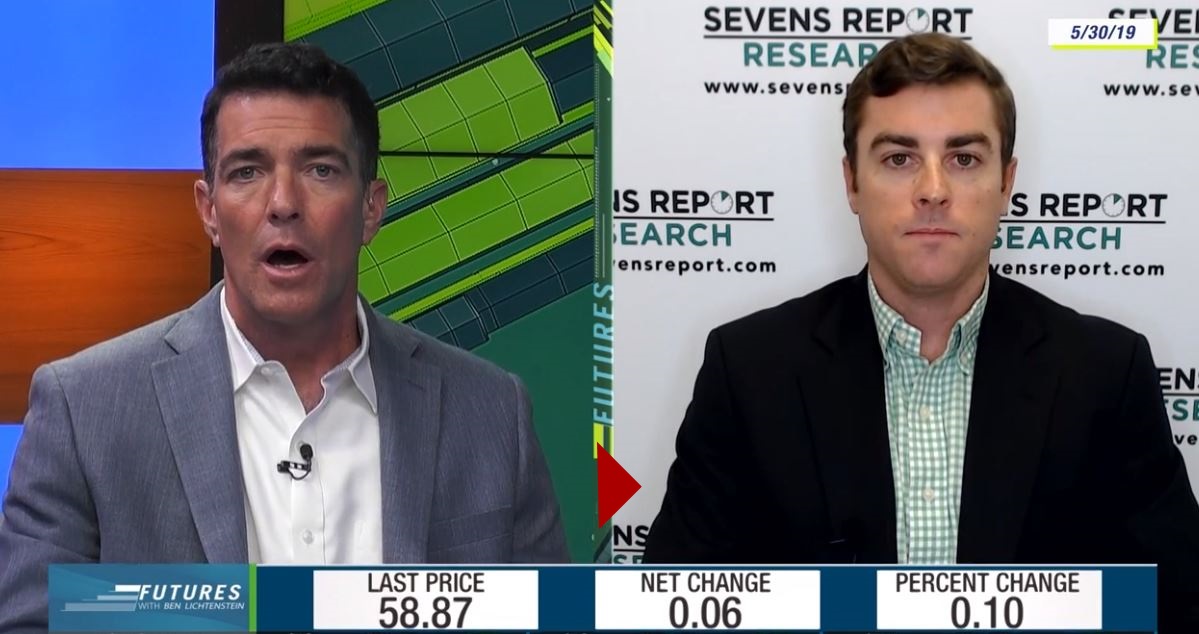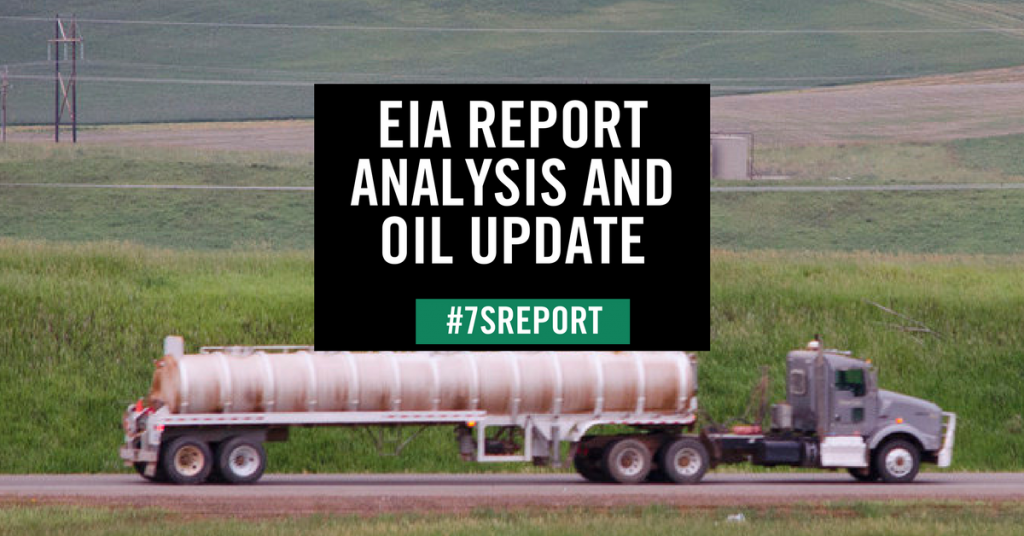Finding Value With a Positive Catalyst (Not Energy or Financials)
What’s in Today’s Report:
- Why Did Stocks Care About Coronavirus Stats on Wednesday?
- Where to Find Value with a Positive Catalyst In This Market (Not Energy or Financials)
- Oil Update and EIA Analysis
Futures are modestly lower but well off overnight lows as coronavirus cases continued to surge in the U.S.
New daily cases in the U.S. rose above 36k and are right back at the peak of new daily cases set in late April.
Meanwhile, corporations continue to respond, as DIS delayed the opening of its California park (and a delay in Florida is becoming more likely).
Today there are two economic reports, Durable Goods (E: 8.5%) and Final Q1 GDP (E: -5.0%) but neither should move markets as they are “old” data from May and Q1. There are also several Fed speakers, including Kaplan (9:30 a.m. ET), Bostic (11:00 a.m. ET) and Mester (12:00 p.m. ET), but again none of them should move markets, either.
So, as has been the case, trends in coronavirus, and specifically the response from companies (do they delay reopening plans?) will drive markets. Overnight, S&P 500 futures dropped to support at 3,000, so that’ll be an important level to watch today, and if needs to hold, otherwise this selloff could gain momentum.







